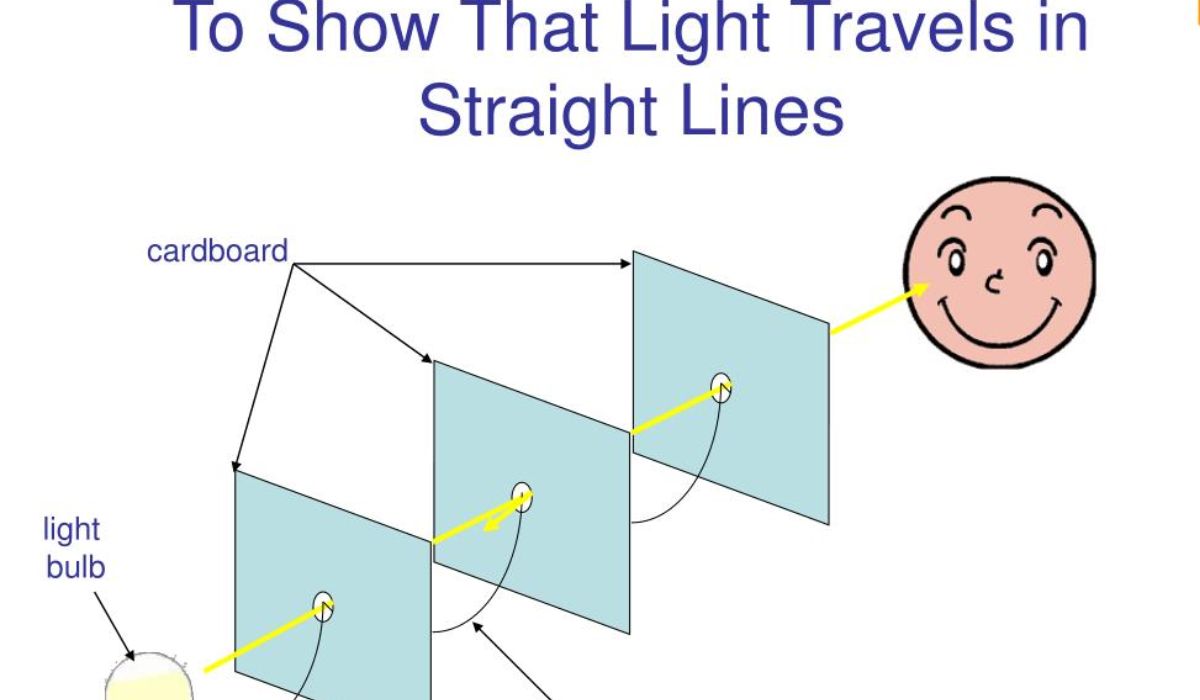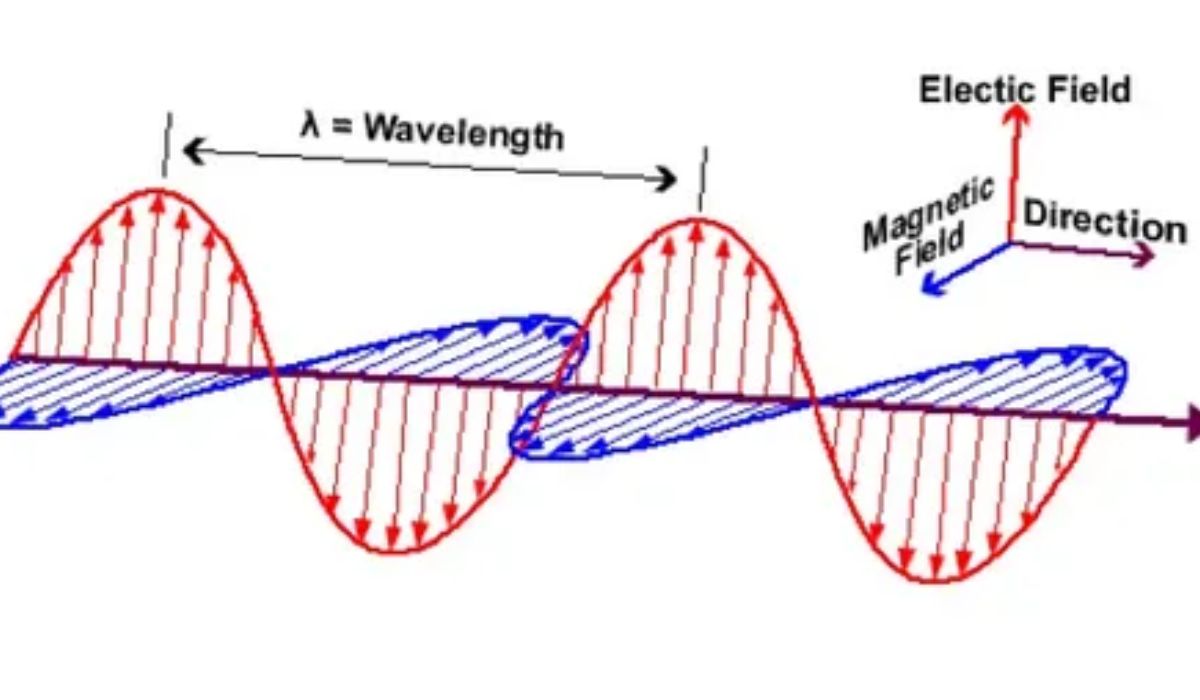Light is one of the most intriguing phenomena in the universe, and understanding how light travels is important. It allows us to see the beauty around us, yet the mechanisms that give rise to its astounding speed remain paradoxical. In this post, we’ll explore how light travels through various mediums at its blistering pace, both as waves and particles.
The Speed of Light
The speed of light in a vacuum is approximately 300,000 km/s. To put this figure into perspective, consider that light could circle the Earth about 7.5 times in just one second! This breakneck velocity utterly dwarfs the top speeds of anything physical.
Some key facts about the speed of light:
- It is always constant, regardless of the motion of the light source. This was a surprising discovery from the Michelson-Morley experiment.
- In glass, the speed of light drops to around 200,000 km/s, and in water, it slows to 225,000 km/s. Only in a perfect vacuum does light travel at its maximum pace.
- Albert Einstein revealed in his theory of special relativity that the speed of light imposes an absolute limit, and no object with mass can ever reach or exceed it.
So in summary, the speed of light defines the cosmic “speed limit,” but what allows it to traverse the universe at this incredible clip? Its dual wave-particle nature holds part of the answer.
The Wave-Particle Dual Nature of Light
Light exhibits properties of both waves and particles. As a wave, it can diffract, interfere with other light waves in phenomena like thin-film interference, and exhibit wavelength and frequency characteristics.
Meanwhile, viewing light as a stream of particle-like photons provides complementary insights. For instance:
- Photons always travel in straight lines, maximizing the distance covered per unit of time.
- They demonstrate the photoelectric effect whereby shining light on certain materials can eject electrons, demonstratingparticle-like behavior.
This dual nature is still not fully understood, but both wave and particle properties seem needed to account for light’s diverse behaviors and ultimate speed.
How does the Medium affect speed?
We’ve seen that light slows somewhat when passing through matter rather than space. The transfer of energy between photons and the electrons in a material underlies this effect.
Table 1 shows some examples of how the speed of light varies by medium:
| Medium | Speed of Light (km/s) |
| Vacuum | 300,000 |
| Glass | 200,000 |
| Water | 225,000 |
| Diamond | 150,000 |
Denser materials provide more electrons that can interact with photons, increasing the chances of absorption and emission events that drain a small amount of energy and momentum from the light. This gradually reduces its velocity, yet it still zips along at relativistic percentages of its maximum even in solids.
Applying Our Understanding
Comprehending light’s intrinsic qualities and motion has yielded useful technologies. For instance, fiber optic cables delivering information near the speed of light rely on the principle of total internal reflection to keep light trapped and zipping through the fiber.
Additionally, some microscopic designs utilize the wave characteristics of light for lithography – a technique used to etch minimal patterns on silicon chips that power modern devices.
From illuminating nature’s mysteries to enabling world-changing devices, light continues to captivate and empower humanity with its enigmatic velocity. With further research into quantum mechanics and emerging technologies like photonic crystals, our understanding of light and its phenomenal pace through the universe remains a work in progress.
In this post, I have discussed light’s immense speed as both waves and particles and how different media can influence yet never overcome its record-breaking pace of approximately 300,000 km/s.
Light plays a vital role in our daily lives, yet its behavior continues to mystify us. Let’s take a closer look at how this amazing phenomenon called light travels.
The Speed of Light
One of light’s most bewildering traits is its immense speed. As mentioned, light zips through a vacuum at around 300,000 kilometers per second. That’s over 670 million miles per hour! No physical object with mass can match such blistering velocities. But how does light attain this tremendous pace?
A Dual Nature
Part of the mystery stems from light acting as both a wave and a particle. When viewed as a wave, light displays characteristics like interference and diffraction. However, experiments show light can also behave as discrete particles called photons. This dual nature helps account for observations but raises new puzzles.
Wave Behavior
As a wave, light exhibits properties we can observe, such as spreading out in all directions from a source similar to ripples in a pond. Its wave-like diffraction and interference patterns have fascinated scientists for centuries.
Particle Behavior
Thinking of light as particles helps explain other phenomena, like the photoelectric effect where shining light on a metal surface can eject electrons. This supports the idea of light quanta or discrete photon particles.
The Constant Speed…Almost
While light remains supersonic in a vacuum, its velocity fluctuates slightly depending on the transmission medium. Denser materials tend to slow photons minutely through absorption and re-emission events.
Variations in Speed
For example, light slows to around two-thirds of its maximum speed in glass. Even denser substances see further decreases, with diamonds impeding light the most.
Fascinating Applications
Comprehending light’s behavior has encouraged innovative applications harnessing its speed and properties. Fiber optics, lithography, and emerging technologies are shedding new light.
Fiber Optic Communication
Transmitting pulses of light through ultrathin fibers allows nearly lightspeed data transfer over immense distances. Total internal reflection is key.
Microchip Manufacturing
Lithography exploits light’s wave nature to project intricate circuit patterns onto silicon wafers, enabling today’s miniaturized electronics.
Promising Frontiers
Photonic crystals and metamaterials could someday control light in extraordinary ways. The future remains bright for utilizing this remarkable phenomenon.
By exploring light’s enigmatic qualities, we gain a deeper insight into the universe around us and advances that enrich our lives daily. Its journey continues inspiring wonder and progress.
Conclusion
The question of how light travels continues to both baffle and inspire. While formidable mysteries remain around its seemingly contradictory waveform and particle phenomena, each discovery sheds more light on the light itself. Through persistent research across scientific boundaries, from optics to materials science to quantum mechanics, our understanding of light’s behaviors gradually expands.
This improves technologies that utilize light’s properties, whether transmitting data or manufacturing devices. Meanwhile, light’s essential roles in vision, photosynthesis and more never cease illuminating life’s wonders. Future collaborations will no doubt uncover fresh insights into light’s inner workings and outer impacts. For now, we can appreciate anew this ubiquitous messenger that allows us to marvel at a world revealing more secrets by the illumination of light.













